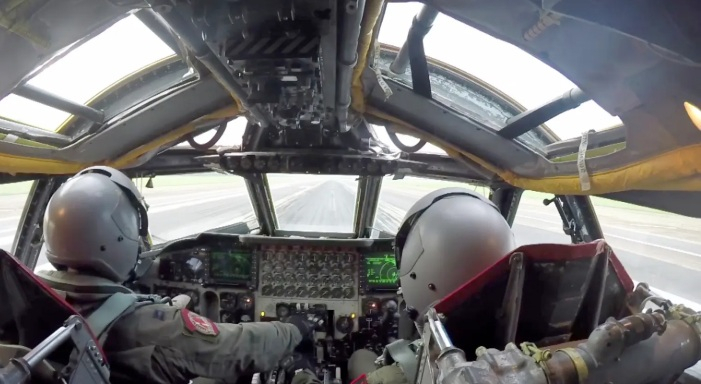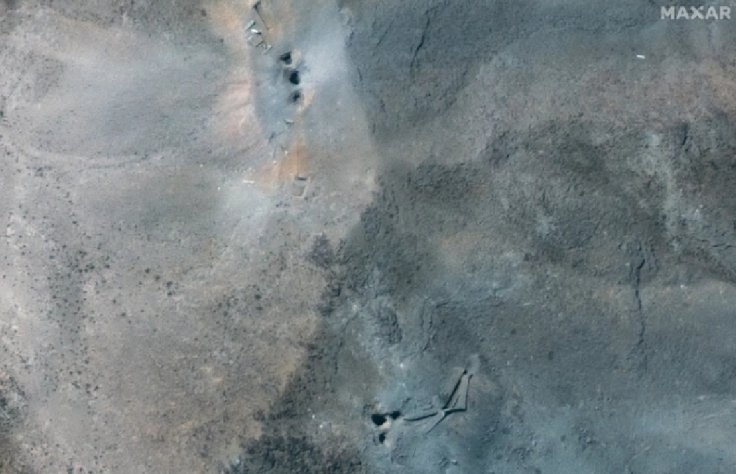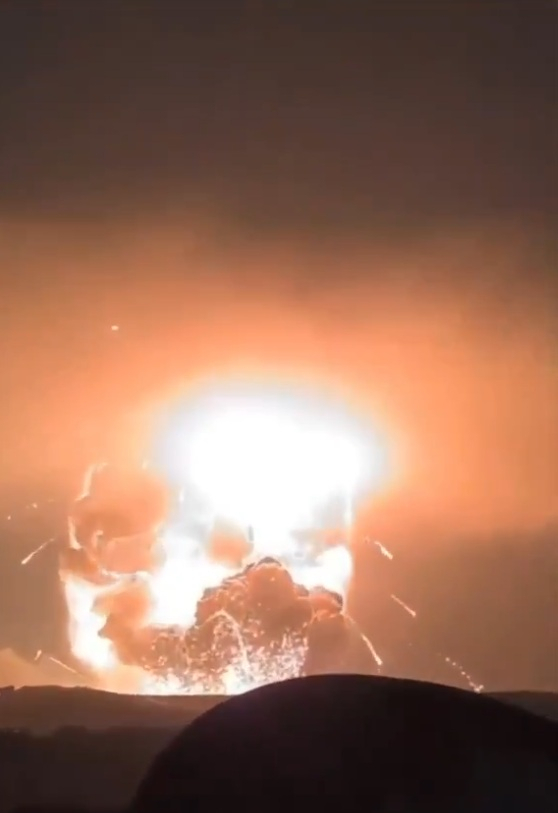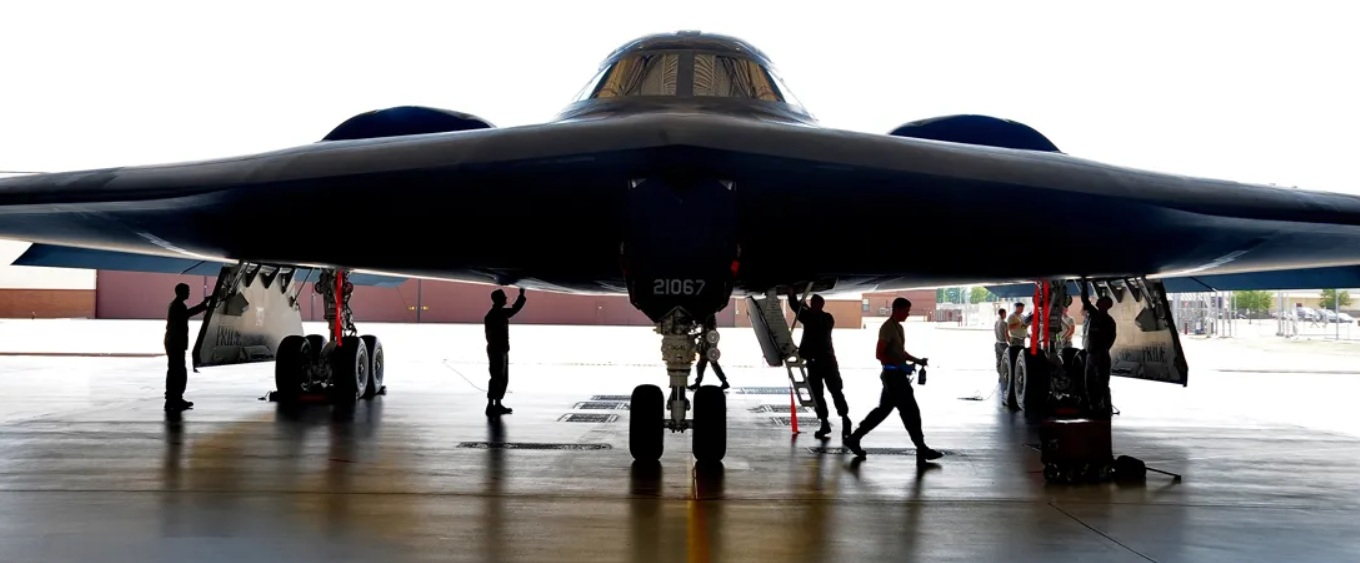The B-2 stealth bombers used in the strike on Iran’s Fordow nuclear facility are equipped with toilets, microwaves, and typically a cooler for snacks, providing added comfort for pilots during the 37-hour round trip from Missouri to Iran.
The advanced U.S. bombers — originally built to deliver nuclear weapons to the Soviet Union — took off from Whiteman Air Force Base near Kansas City on Friday, embarking on an 18-hour flight across the globe, with multiple mid-air refueling stops, according to officials. To help make such long missions more manageable, the bombers’ cockpits are fitted with mini fridges and microwave ovens to ensure the crew stays nourished and alert throughout the journey.
All-Equipped Stealth Bomber
X
Like most aircraft built for long-distance missions, the B-2 Spirit is also equipped with a toilet. The cockpit offers enough space for one pilot to lie down and rest while the other continues to operate the batwing-shaped jet.
The B-2 entered active service in 1997, with each unit valued at over $2 billion. The U.S. Air Force currently operates a fleet of 19 B-2 bombers, having lost one in a 2008 crash.

X
Featuring a 172-foot wingspan and operated by only two pilots, the B-2 bomber depends heavily on automated systems to carry out extended missions.
During the high-stakes operation “Midnight Hammer,” all seven B-2 bombers flew with minimal radio communication, while the two-person crews alternated rest periods throughout the night, The Telegraph reported.
The 37-hour mission to strike Fordow was the longest B-2 bomber operation since the U.S. launched its initial attack on Afghanistan after the September 11, 2001 terrorist attacks.

X
Pilots flying these aircraft undergo extensive training to withstand lengthy and exhausting flights. According to The Atlantic, previous crews have brought cots or even full camping pads onboard to help manage the long hours in the cockpit.
Not On Their Own
The stealth bombers didn’t fly the mission entirely on their own — they were joined by a group of fighter jets and support aircraft as they neared Iranian airspace.

Maxar Technologies
“The B-2s linked up with escort and support aircraft in a complex, tightly timed maneuver requiring exact synchronization across multiple platforms in a narrow piece of airspace, all done with minimal communications,” Gen Daniel Caine, the chairman of the Joint Chiefs of Staff, touted in a statement.
The 25-minute mission over Iran began at 6:40 p.m. ET on Saturday, when a lead B-2 bomber dropped two GBU-57 “bunker buster” bombs on the first of multiple designated targets at the Fordow site, Caine said.

X
“The remaining bombers then hit their targets, as well, with a total of 14 MOPs (Massive Ordnance Penetrators) dropped against two nuclear target areas,” he added.
This operation marked the first time the U.S. deployed the massive 15-ton GBU-57 bunker buster bombs in a combat mission.
“There is not another military in the world that could have done this,” President Trump wrote on Truth Social when revealing the attack on Iran.



